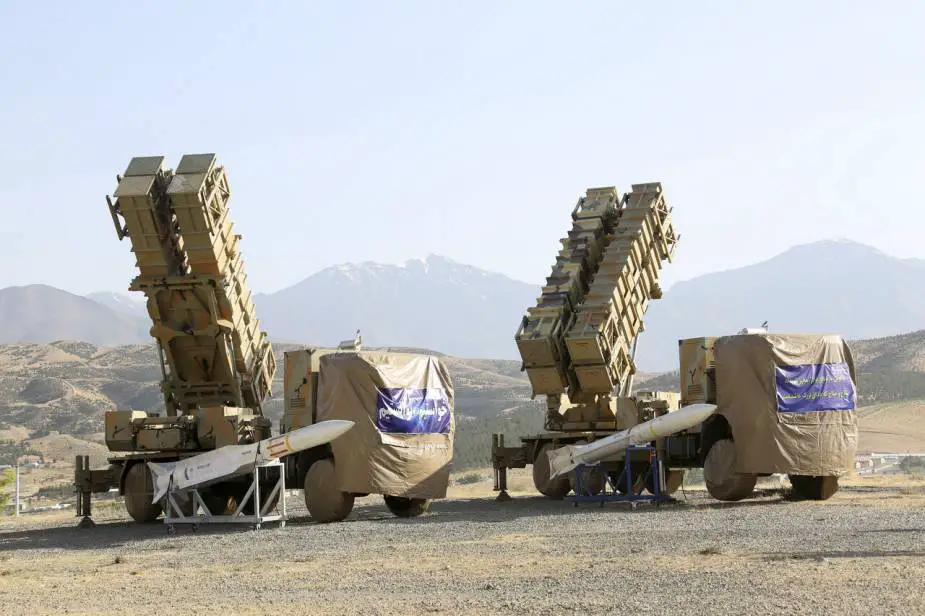According to Tehran Times on February 25, Iranian and Syrian military authorities have agreed to deploy missile systems to Damascus in order to strengthen the Arab nation’s air defenses in the face of an upsurge in Israeli airstrikes.
Follow Army Recognition on Google News at this link

Iran and Syria agreed to the transfer of equipment for electronic and air defenses (Picture source: Tehran Times)
The IRIB News said in a report on February 23 that Iran and Syria had agreed to the transfer of equipment for electronic and air defenses. No further information on the terms and conditions of the agreement is available. The agreement was finalized during a recent trip to Iran by senior military figures from Syria, including Lieutenant General Ali Mahmoud Abbas, the Defense Minister.
The supply of Iranian radars and defensive missiles, such as the Khordad 15 missile system, to bolster Syria’s air defenses is quite likely to occur. This missile system, developed by the Iran Aviation Industries Organization (IAIO), was unveiled in June 2019. The Khordad 15 air defense system is named in honor of the 1963 demonstrations in Iran, which according to the Iranian calendar is known as the 15 Khordad uprising. It was a series of protests in Iran against the arrest of Ayatollah Ruhollah Khomeini after his denouncement of Iranian Shah Mohammad Reza Pahlavi and Israel.
The Khorad 15 system is equipped with a passive electronically scanned array radar and independent launch pads which work in conjunction to detect, intercept and destroy potential threats. The setup of the SAM system includes two military trucks: one with a rotating, rectangular launcher on the bed which contains four missile canisters in two rows of two canisters each but is capable of utilizing only one row of two canisters; another with a mounted rotating slab-shaped radar antenna can detect fighter planes and combat drones from 150 kilometers away.
Its phased array radar system allows for quick detection and tracking of multiple targets simultaneously, while its Mach-3 and long-range missiles are capable of intercepting and destroying incoming threats. More precisely, The Khordad 15 is capable of detecting, intercepting, and destroying six targets simultaneously. It is capable of detecting fighter jets, cruise missiles and unmanned combat aerial vehicles (UCAV) from 150 kilometers (93 mi) away and is able to track them within a range of 120 kilometers (75 mi) and the Sayyad-3 missile, used by the SAM system, has a range of 200 kilometers (120 mi). The system can also detect stealth targets from a distance of 85 kilometers (53 mi) and can intercept and destroy them within a range of 45 kilometers (28 mi). it is ready to engage enemy targets in five minutes.
Defense News March 2023















